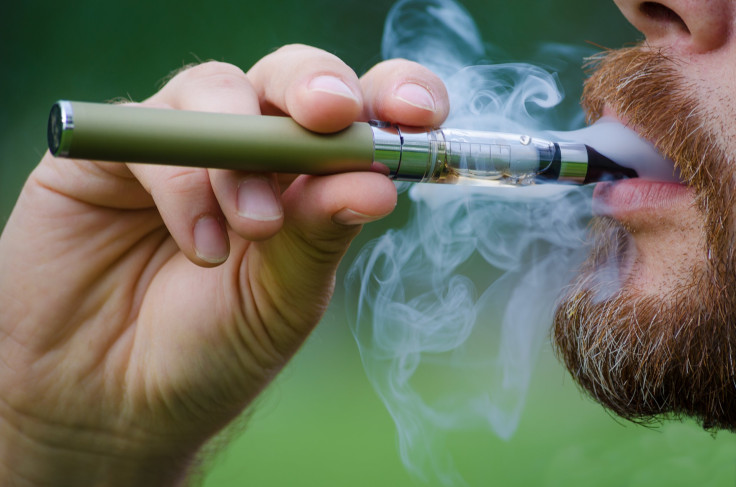Air Canada's E-Cigarette Ban To Be More Strictly Upheld After Passenger's 'Vaping' Complaint

Pretty much everyone today can agree that cigarettes are bad. This includes both smokers and non-smokers. The government’s campaign to end smoking seems to have worked well. CDC records shows that in 1965, 42 percent of American adults smoked cigarettes, while in 2012, only 18 percent smoked. This is well on the right tract to their goal of only 12 percent of the population smoking by 2020. Rather than completely giving up smoking, many Americans are opting to switch to e-cigarettes. Due to the novelty, there is not much enforcement on where e-cigarettes should and should not be used. A recent incident has raised the question of where e-cigarettes should be restricted. One passenger on Air Canada complained when she noticed a fellow passenger was allowed to "vape" on his e-cigarettes, even though the airline policy clearly states that "vaping" is not allowed during fligths. Although it’s too late to reprimand the passenger that was vaping on the recent Air Canada flight, this story has caused the airline to clarify their policy regarding e-cigarettes.
The incident occurred two weeks ago on an Air Canada flight from Calgary to Toronto. According to one passenger, Elizabeth Cole, the flight's crew did nothing to stop a man from using his electronic cigarette during the flight. “I was very surprised that it was allowed to happen,” Cole told CBC News. “I don’t understand how flight attendants did not see him. He wasn’t hiding it." However, rather than tell an attendant during the flight about the issue, Cole instead waited until the flight was over to voice her concern. “Had the crew been aware of or been alerted during the flight about the purported use of an e-cigarette on board, they would have addressed the matter immediately,” Angela Mah, a spokeswoman for Air Canada, explained to CBC News.
E-cigarettes are generally viewed as a safe alternative to traditional cigarettes. They are often used as a half-way point for those trying to quit smoking. Many young smokers have completely skipped over the traditionals cigarette and gone straight to vaping. The e-cig is made up of a cartridge, a battery, and an LED light, The Huffington Post reported. When turned on, the e-cig will heat up a liquid stored in the cartridge, which will then create a vapor that the smoker inhales. Not all contain nicotine.
The reason that Air Canada, along with others, has banned the use of e-cigarettes in closed quarters is because no one is really sure what affect the e-cigarettes vapor could have. In a recent statement from the American Lung Association, “there is currently no way for the public health, medical community, or consumers to know what chemicals are contained in e-cigarettes, or what short and long term health implications may be. Also unknown is what the potential harm may be to people exposed to secondhand emissions from e-cigarettes.”
Although there is no physical smoke emitted from these e-cigs, that does not mean that there is no potential harm to both smokers and second-hand smokers. A small study from the Bavarian Health and Food Authority found that vaping did worsen indoor air quality, specifically increasing the concentration of nicotine and other cancer-causing compounds.
Although at the moment there is no conclusive evidence on the harm of e-cigarettes, Air Canada has provided a statement confirming their stance to be better safe than sorry on the subject: “Air Canada’s policy, which crews are aware of and uphold, is that e-cigarettes are not permitted to be used on board Air Canada flights,” Mah told CBC News.
Source: Schober W, Szendrei K, Matzen W, et al. Use of electronic cigarettes (e-cigarettes) impairs indoor air quality and increases FeNO levels of e-cigarette consumers. Science Direct. 2013.



























